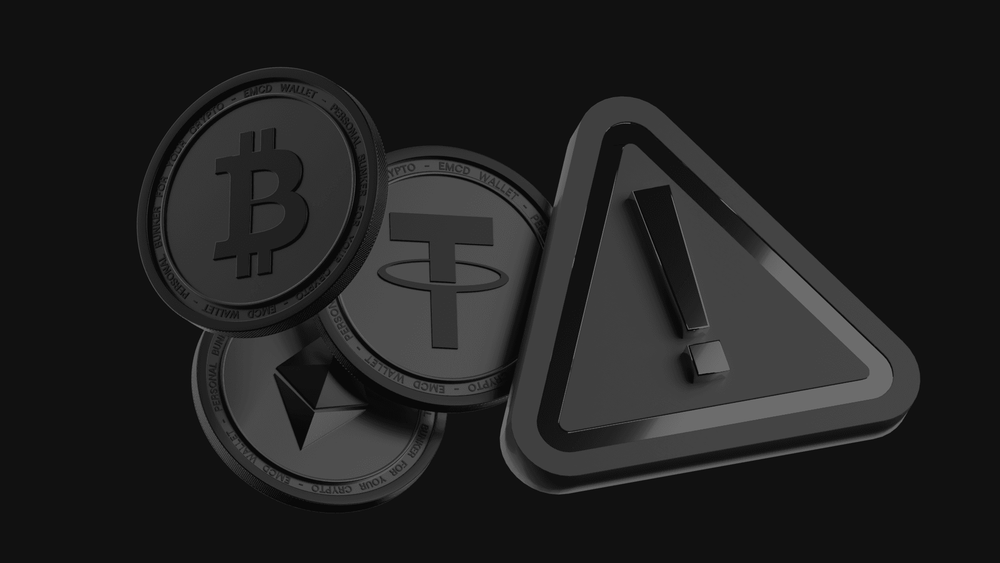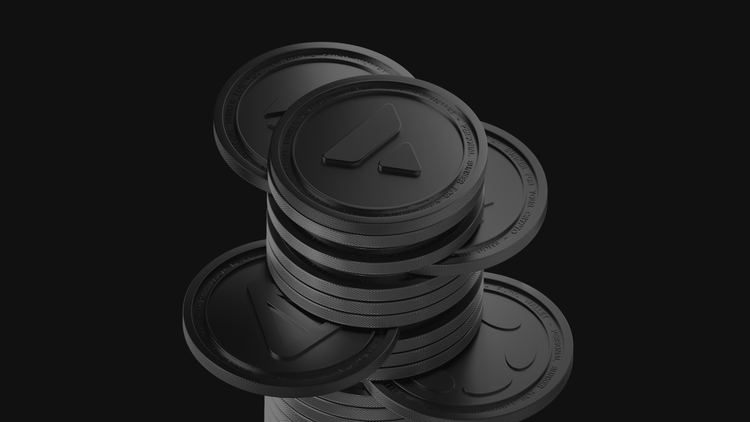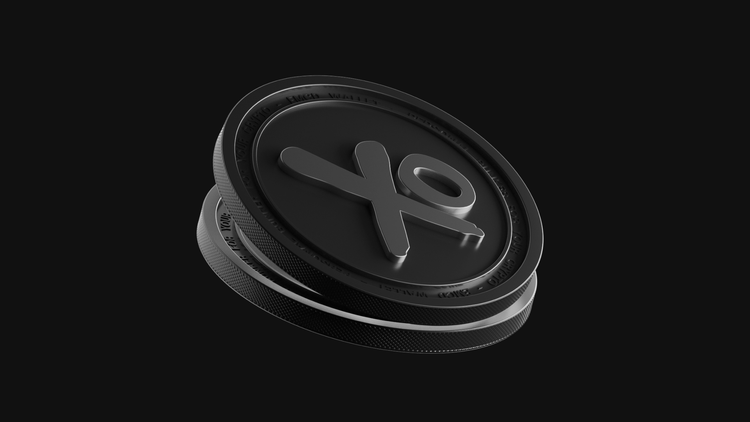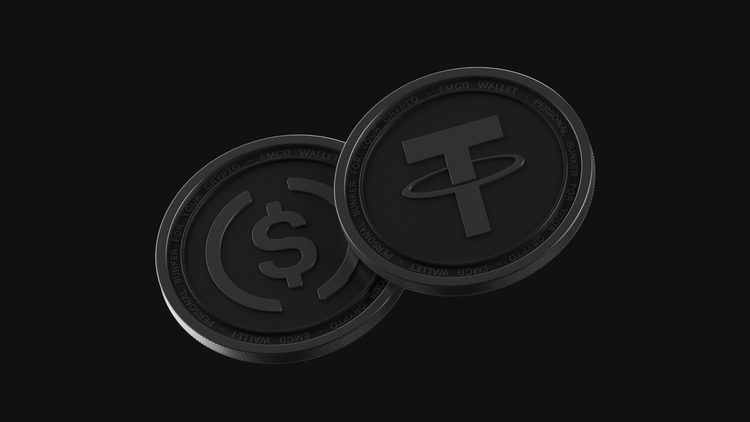Risks of Crypto Savings and How to Manage Them

Crypto savings accounts promise a way to earn daily interest on digital assets without constant trading. For many, the idea of compounding earnings while keeping crypto idle is appealing. But the reality is more complex. The risks of crypto savings and how to manage them must be carefully understood before making deposits.
What are crypto savings accounts?
A crypto savings account is a service where investors deposit digital assets and earn interest, often paid out daily or weekly. Providers range from centralized exchanges to fintech platforms and decentralized finance (DeFi) protocols. The idea is similar to traditional savings, but with far less regulatory protection and very different risk factors.
These accounts typically support a range of crypto assets, from Bitcoin to stablecoins, and offer either flexible withdrawals or fixed terms with higher yields. Compounding features can boost long-term earnings. The central question, however, remains: are crypto savings accounts safe?
Market volatility and its impact on savings
Crypto assets are notoriously volatile. A 10% annual yield on Bitcoin savings may look attractive, but if Bitcoin’s price falls 40% during the year, the net result is negative. Even stablecoins, designed to hold value, have shown cracks — the TerraUSD collapse in 2022 wiped out billions when its peg failed.
For investors, this shows that interest earnings cannot be viewed in isolation. Volatility is a constant companion in the crypto market, and returns may not be enough to offset sharp downturns.
Counterparty risk on centralized platforms
When assets are deposited on a centralized platform, the provider holds custody. This introduces counterparty risk: if the company fails, depositor funds may not be recoverable. The collapse of Celsius and BlockFi are stark reminders. Both platforms promised high interest on savings, but when liquidity dried up, withdrawals were frozen and investors lost access to billions in deposits.
Such events highlight that yield is only as strong as the platform’s balance sheet. Transparency, independent audits, and clarity on how deposits are used are crucial factors in assessing whether a platform deserves trust.
Smart contract risks in DeFi savings
DeFi savings accounts avoid intermediaries by relying on smart contracts. While this removes company risk, it introduces code risk. Bugs or vulnerabilities can be exploited by hackers, draining liquidity pools overnight. In 2022, the Wormhole exploit cost users over $300 million due to a single flaw.
In DeFi, there is often no legal recourse or customer support. The risk management strategy is careful selection of audited protocols, diversification across different platforms, and limiting exposure to experimental projects.
Liquidity risks and withdrawal limitations
Liquidity matters as much as yield. Some platforms allow instant withdrawals, but many require lockups. During stress, investors may discover they cannot access funds when they need them most.
Celsius again provides a lesson: even before bankruptcy, withdrawal requests were slowed and capped. In DeFi, liquidity pools can run dry, trapping funds until new liquidity enters. The takeaway is that high yields often come with hidden restrictions, and investors must weigh flexibility against returns.
Centralized vs. DeFi: comparing risk profiles
Both centralized and decentralized savings models involve risk, but the nature differs.
| Aspect | Centralized Platforms | DeFi Protocols |
| Custody of assets | Held by the provider | Locked in smart contracts |
| Main risks | Insolvency, mismanagement, hacks | Coding errors, oracle failures, governance risks |
| Liquidity | Withdrawal limits possible | Depends on pool reserves |
| Support | Customer service, possible legal claims | No recourse if contract fails |
| Transparency | Varies; often opaque | Open-source but complex for users |
Neither model is inherently safe. Each exposes investors to different vulnerabilities.
Regulatory and legal uncertainty
Crypto savings operate in a shifting legal environment. Rules differ across countries and can change quickly. In some jurisdictions, savings products have been labeled as unregistered securities, forcing providers to halt services. This leaves investors uncertain about their rights and protections.
Legal risk means that investors may face sudden restrictions, tax surprises, or even frozen accounts if platforms are targeted by regulators. Staying informed about local regulation is a critical part of risk management.
Security threats: hacks, scams, and phishing
Beyond structural risks, personal security is a daily challenge. High-profile hacks of exchanges like Mt. Gox or Coincheck, as well as ongoing phishing campaigns, show that attackers target both platforms and individuals.
Fake websites imitating popular exchanges, emails promising unrealistic interest, and malicious links are common tactics. Even legitimate platforms may be vulnerable to breaches. Investors must combine platform due diligence with personal security practices — two-factor authentication, hardware wallets, and a cautious approach to links and downloads.
Best practices for managing risks in crypto savings
Risks cannot be eliminated, but they can be managed. Several strategies are effective in practice:
- Diversify across platforms and assets. Don’t keep all funds in a single account
- Start small and scale gradually. Test withdrawal processes before committing larger deposits
- Choose transparent providers. Favor platforms with audits, clear reserve policies, and regulatory alignment
- Monitor stablecoins. Even ‘safe’ assets carry risks, and depegging can be costly
- Apply strong personal security. Use hardware wallets and two-factor authentication to reduce attack vectors
In other words, knowing how to manage crypto investment risks is about balancing yield with preservation of capital. Interest should be seen as a bonus — not a guarantee.
FAQ
What are the biggest risks of using crypto savings accounts?
The main risks are market volatility, counterparty failure, smart contract exploits, liquidity shortages, regulatory uncertainty, and personal security threats.
How safe are DeFi platforms compared to centralized exchanges?
DeFi removes intermediaries but introduces risks of code failures and governance issues. Centralized exchanges provide support but carry insolvency and custody risks. Both can be useful if managed carefully, but neither can be considered fully safe.
Can I lose all my funds in a crypto savings account?
Yes. Extreme cases such as insolvency, hacks, or protocol failures can result in total loss. Diversification and due diligence reduce this risk.
How can I minimize the risks of hacks and scams?
Use trusted providers, enable two-factor authentication, and store long-term holdings in hardware wallets. Stay alert to phishing attempts and avoid platforms promising unrealistic yields.
Are crypto savings affected by market volatility?
Absolutely. Even if the interest rate is fixed, the value of the underlying assets may drop significantly, reducing overall returns.
What’s the safest way to start using crypto savings for beginners?
Begin with small amounts, use stablecoins for lower volatility, and choose platforms with proven track records. Read the terms carefully and test withdrawals before committing larger sums.
Final thoughts and recommendations
Crypto savings accounts can generate attractive yields on digital assets, but every percentage of interest comes with risks. Volatility, insolvency, smart contract flaws, liquidity traps, regulatory shifts, and hacks are not theoretical — they have already caused billions in losses.
The safest approach is to treat crypto savings as one component of a broader financial plan. Diversification, transparency, personal security, and realistic expectations are essential. High yields often signal higher risks, and investors must decide what level of exposure fits their goals.
By understanding the risks of crypto savings and applying disciplined risk management strategies, investors can pursue opportunities in this sector while avoiding the mistakes that have cost others their entire portfolios.




